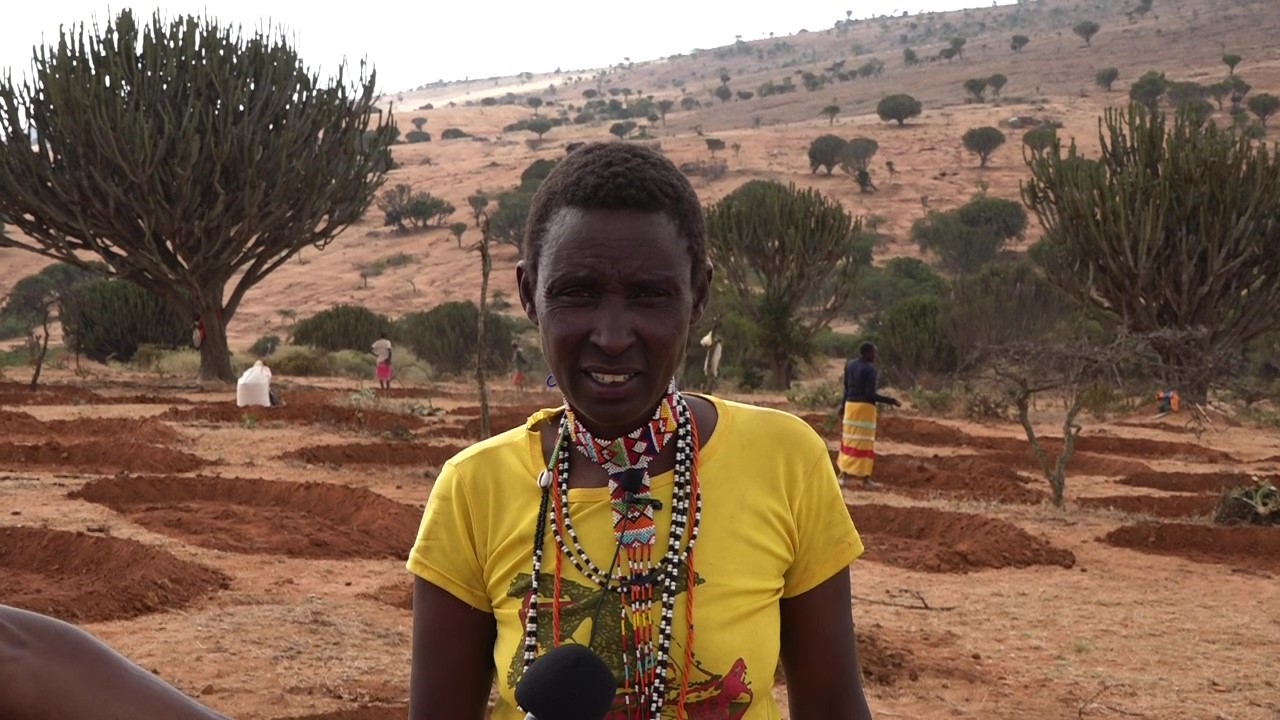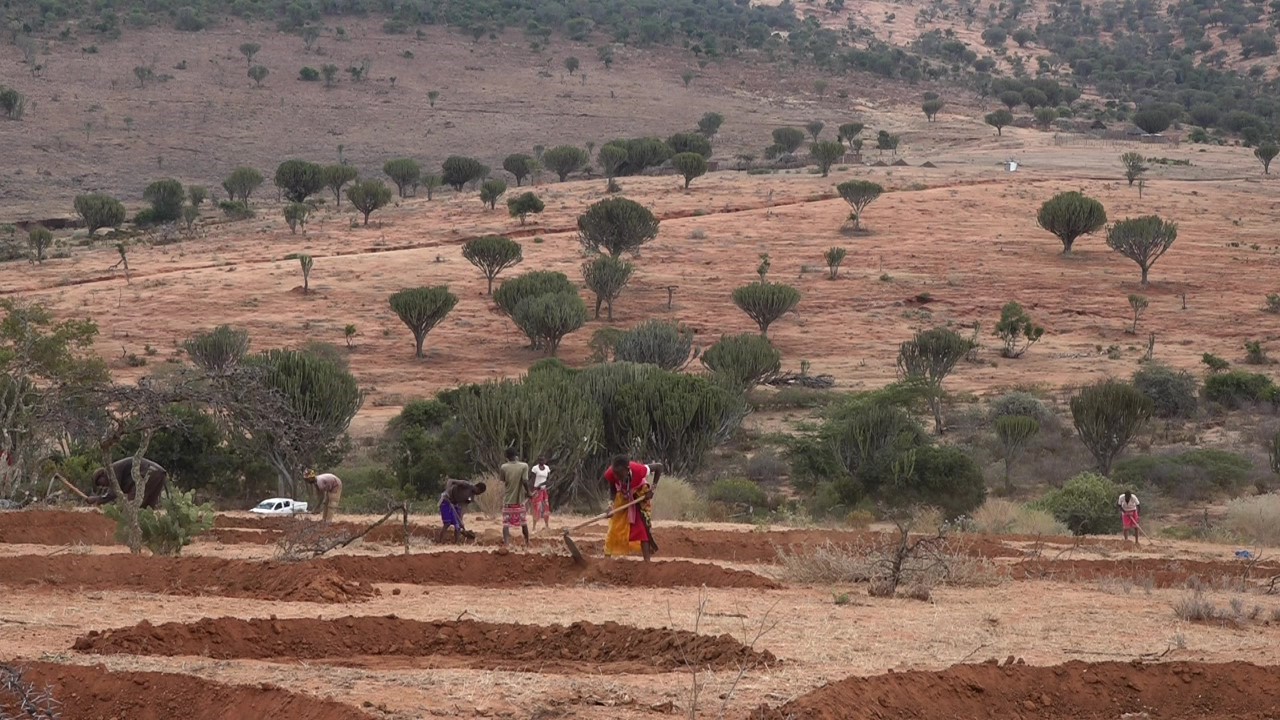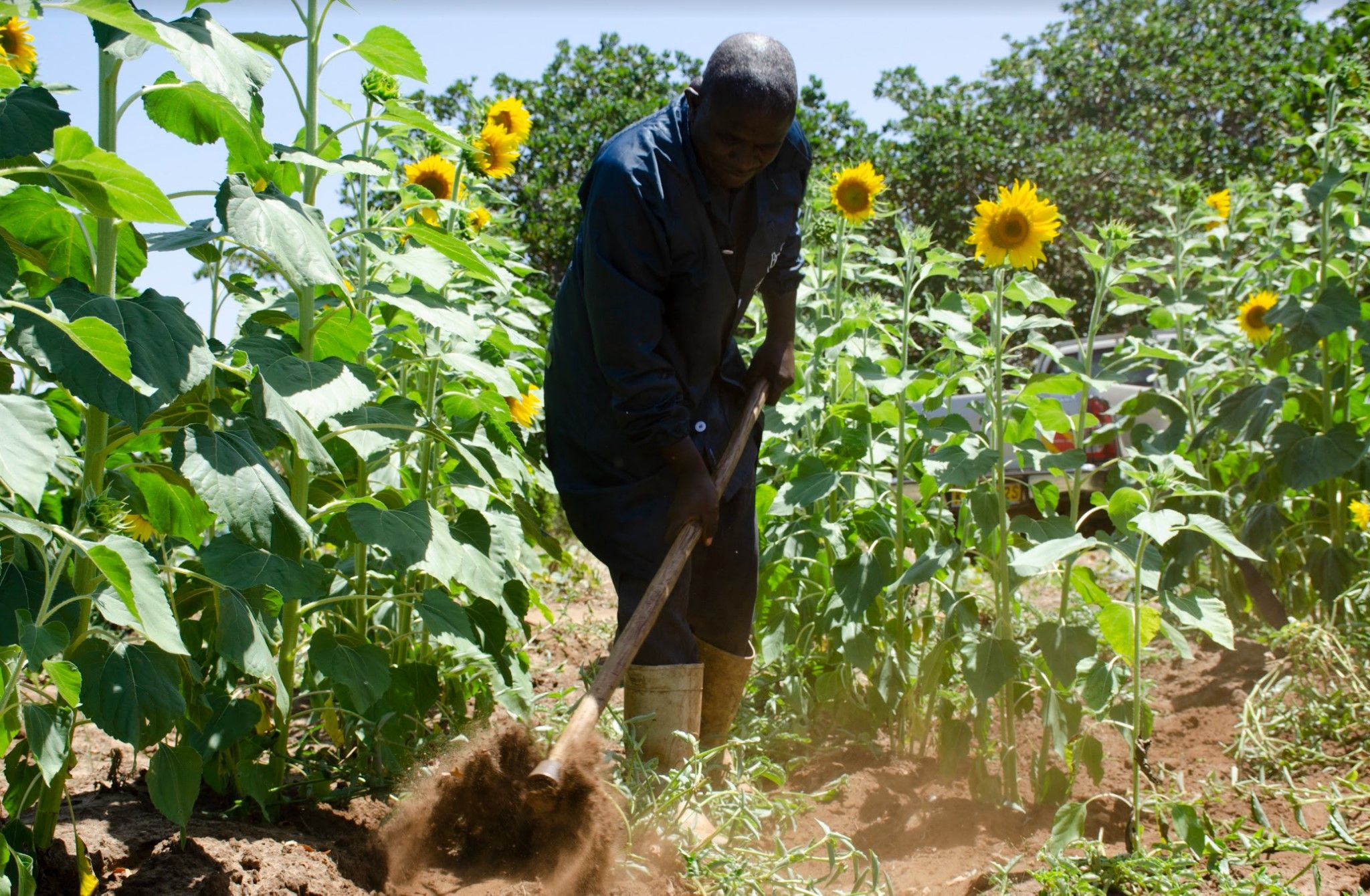Restoring degraded lands in Kenya through community-led techniques and approaches, boosting livestock production
In the last three years, Kenya has been faced with drought, which has become increasingly regular to the extent that the president declared a national disaster in September 2021. The most affected regions in the country are the arid and semi-arid (ASAL) regions where the TRI project is intervening.

Moiyare Legei, a Kenya ASAL-TRI beneficiary, explains how the project has impacted her life and community.
The communities in these regions are pastoralists by nature, and livestock rearing is their mainstay for livelihood. The drought has led to the drying up of surface water sources and diminished vegetation cover, leading to the loss of livestock and human lives.
The project team visited the women of Kantana village, Mayianat community land, Laikipia County in Kenya and asked about the support they have received from The Restoration Initiative (TRI) in improving livestock production and restoring their previously degraded grazing fields.
Moiyare Legei, a 45-year-old female beneficiary of the TRI Project said, “We are pastoralists who depend on livestock rearing in our community, and grasses/feeds for our livestock have been diminishing over the years due to drought and unreliable rainfall. When it rained before now, we saw a lot of destruction from surface runoff, which contributed to soil erosion and the development of very deep gullies in our land. We also experienced the presence of weeds such as opuntia, an invasive species growing everywhere, and no grass can grow where it is."
"We heard about the TRI project from our leaders who represent us in the ILMAMUSI CFA (a community forest association in charge of Mukogodo forest and surrounding landscapes)”, she added.
The FAO engaged the community in removing the invasive opuntia species and digging and reseeding semi-circular bunds. Bunds are retaining walls along the boundary of agricultural fields. Their advantage is to contain rainwater in the field, which helps retain soil moisture for longer, reducing soil erosion during heavy rain and protecting fertile soil.
 Semi-circular band construction at a TRI site in Kenya.
Photo: Patrick Mugi/FAO Kenya
Semi-circular band construction at a TRI site in Kenya.
Photo: Patrick Mugi/FAO Kenya
Legei continued, “We were taught how to construct the semi-circular bunds by people from our community who had been taken to KUKU ranch in Kajiado County by the TRI project. These semi-circular bunds harvest and store water when it rains. The harvested water supports the germination and growth of the seeds. The semi-circular bunds have also helped reduce the speed of surface runoff, contributing to erosion control and reducing the development of gullies on our farms. These grasses have been supportive of our livestock and wildlife as well. The grasses and other seedlings that grew on this site have made our bare land look more attractive and beautiful as it used to be. Also, opuntia removal has helped the community reclaim more grazing fields and enough space for settlement and other restoration works."
"This project benefits the community by generating income for many people/households. It is also benefitting our livestock and wild animals by availing water grass and removing the menace of opuntia”- said Moiyare Legei, a beneficiary of the TRI Project.
"The semi-circular bunds are very easy to construct as we use our own tools to do it. The community has seen the benefit of this initiative, and we have plans to ensure we replicate the same in and near our homesteads and to show it to those who did not learn directly from the TRI team. This project benefits the community by generating income for many people/households. It is also benefitting our livestock and wild animals by availing water grass and removing the menace of opuntia”, said Legei.
TRI’s Kenya ASAL project is working to address these challenges by providing alternative models for sustainable land management, restoring degraded lands, and supporting the development of diversified livelihood options such as the enhanced use of non-timber forest products (NTFPs), including gum resins, honey and agave, as well as through the development of ecotourism.



